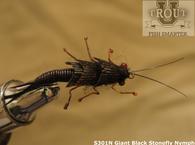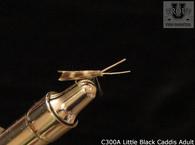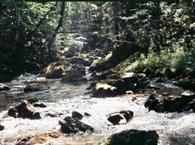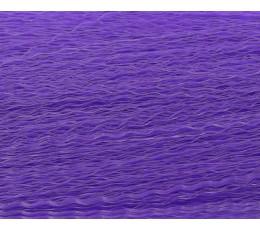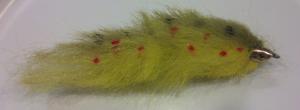
Tyers commonly use synthetic hair fly tying materials for large saltwater, pike, and musky fly patterns. These materials, which are known for their durability, especially their resistance to abrasion, and/or their favorable water shedding properties, work great for toothy species and long casts. However, these materials can also be used effectively in trout patterns.
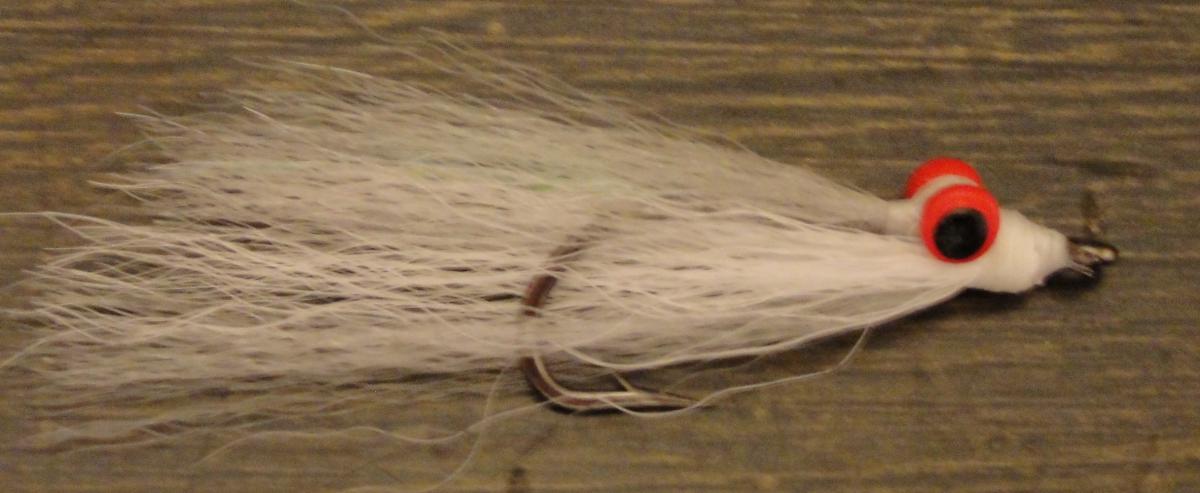

Unique Hair and Super Hair, which differ only in the diameter of the fibers, boast superior abrasion resistance. Additionally, they feature a unique and distinctive crimp, which creates a fish scale-like appearance in the water when long strands are used. Unique and Super Hair come in over 25 different colors, several of which fluoresce, and they accept permanent marker. Generally, you will use Super Hair for larger flies, and use Unique Hair for smaller flies.


These materials provide a great replacement for bucktail and similar materials in Clousers, bucktails, and other streamer fly patterns. One of my favorite patterns using these materials is the Big Brown Trout Fly. This ugly pattern is very effective for large, mean brown trout (which happen to be my favorite). This heavily weighted fly pattern simulates a small brown trout by combining white and yellow Unique or Super Hair, pearl chenille, and copper flash. Of course, you could also tie juvenile patterns of brook trout or rainbow trout using different colors.

These materials can also be used as small wings on dry flies and as tails on mayfly dun patterns. Another popular use for Super Hair is on abdomens and/or tails on nymph (such as the Super Hair Baetis Nymph) or midge (such as the Jujubee Midge) fly patterns.
Neer Hair's primary use is in streamer patterns, though it also has several other uses. The lifelike action and water shedding properties of the material make it great for use in large streamers. This material also takes permanent marker well.
I like to tie a brown trout fly pattern (Notice a pattern developing?) using two colors of Neer Hair. Neer Hair works well with Flymen's articulated shanks and Fish Skulls to produce a great action. Also, the finished pattern can be easily trimmed to a tapered, fish-like shape with scissors, and you can add markings to the fly with permanent marker or craft paint. Similarly, some people tie similar flies with a single color of Neer Hair and use a permanent pen to to color half of the fly a different color. Here again, you can adapt this pattern to imitations of other trout species by varying the color scheme. As a side note, I've even experimented with adding an integrated epoxy bill to the fly's hook to provide an additional, erratic action.


Neer Hair also works great for forming the wings on dry flies, especially on parachute versions, providing additional buoyancy and visibility to the fly. Neer Hair works great for trailing shucks on emerger patterns, as well.

Create your own brushes with Neer Hair, both for dubbing and larger brushes for streamer patterns.

Finally, just like “real” hair, these synthetic hair products can be combed or teased out with the same type of comb or brush you use on your own hair to straighten out their fibers. Alternatively, hook and latch material (i.e. Velcro) can also be used on Neer Hair to brush it out.
So, whether you are tying dry flies, emergers, midge patterns, nymphs, or streamers try putting some hair on your next trout fly pattern.


